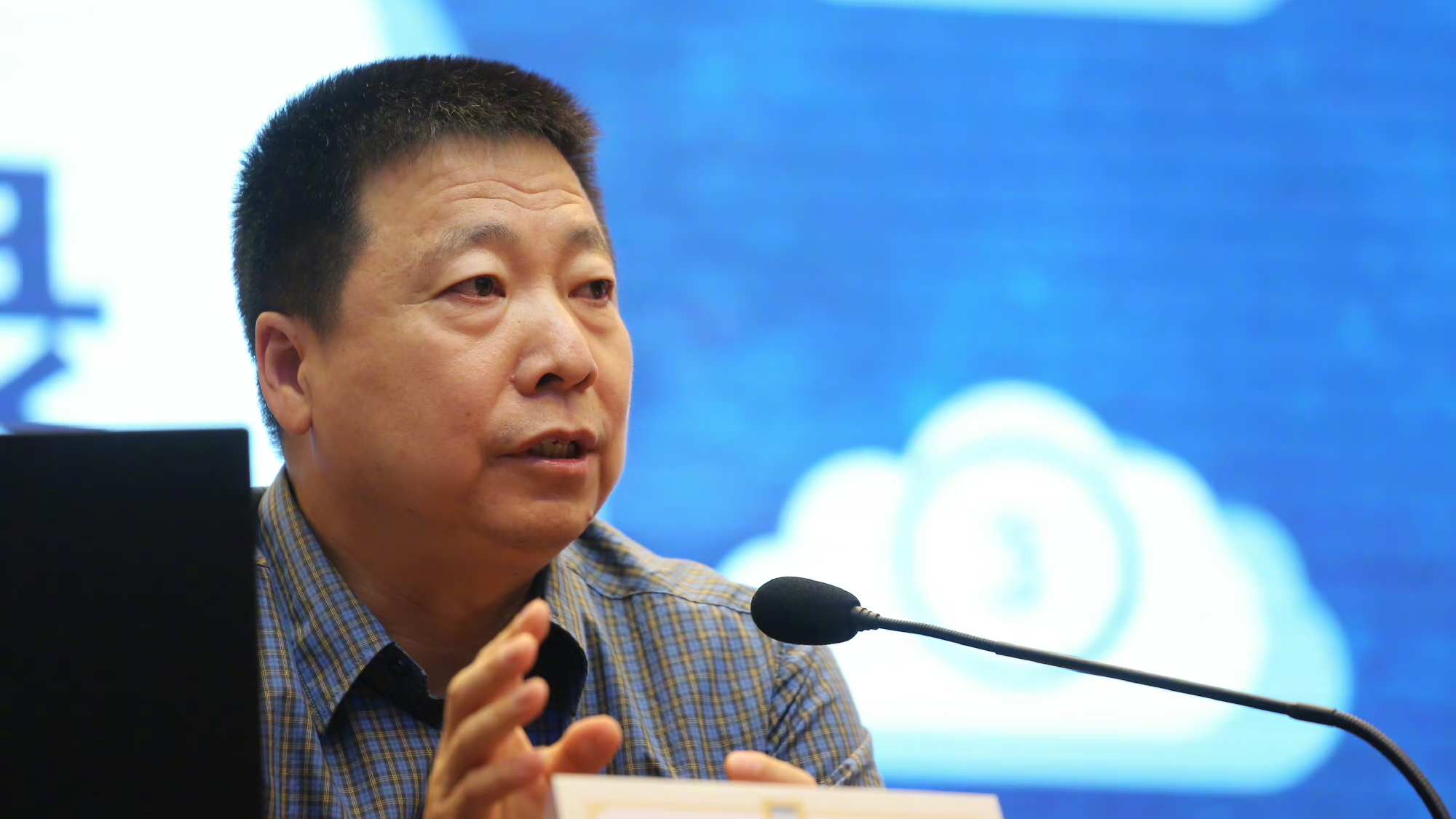
Yang Liwei, China's first space traveler and the current deputy chief designer of China's manned spaceflight project, speaks during a lecture at South China Normal University in Guangzhou, Guangdong Province, July 17, 2023. /Guangzhou Daily
Yang Liwei, China's first space traveler and the current deputy chief designer of China's manned spaceflight project, speaks during a lecture at South China Normal University in Guangzhou, Guangdong Province, July 17, 2023. /Guangzhou Daily
China is in the process of developing its next-generation manned spacecraft and eyeing between 2027 and 2028 for its maiden flight, said Yang Liwei, the country's first space traveler who's currently serving as the deputy chief designer of China's manned spaceflight project.
Veteran astronaut Yang Liwei, a former fighter pilot who made history as China's first man in space aboard the Shenzhou-5 in 2003, shared exciting insights into the country's preliminary plan for its manned lunar mission during a lecture at South China Normal University in Guangzhou, Guangdong Province.
Read more: China releases preliminary plan for nation's manned lunar mission
The new-generation spacecraft adopts a more streamlined modular design. With only two modules – the propulsion and the return modules – the new spacecraft vastly increases its carrying capacity, making it capable of ferrying up to seven astronauts.
"The new-generation spacecraft will be used for the manned lunar mission, construction of the China Space Station and deep space exploration," said Yang.
Yang added that the return module had undergone a test run that was deemed "successful."
China recently revealed details about its first-ever manned lunar mission coming before 2030, which includes the next-generation carrier rocket and a lunar lander apart from the upgraded spacecraft.
Read more: What facilities does China work on for its first moonlanding mission?